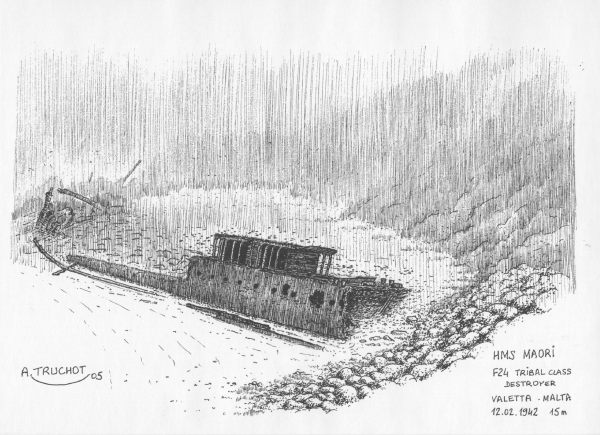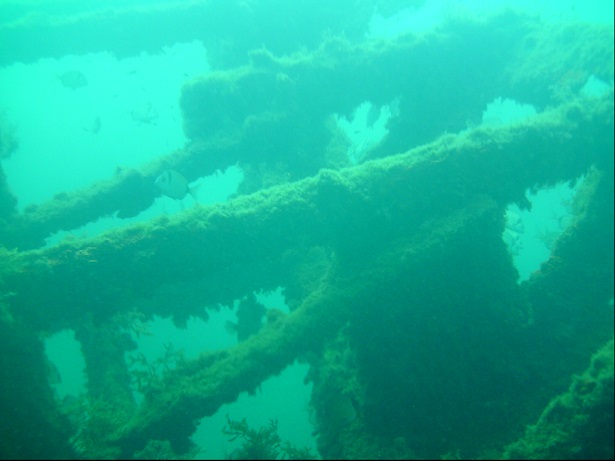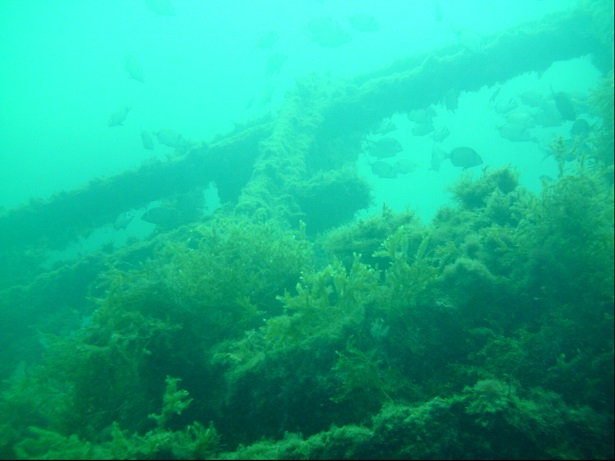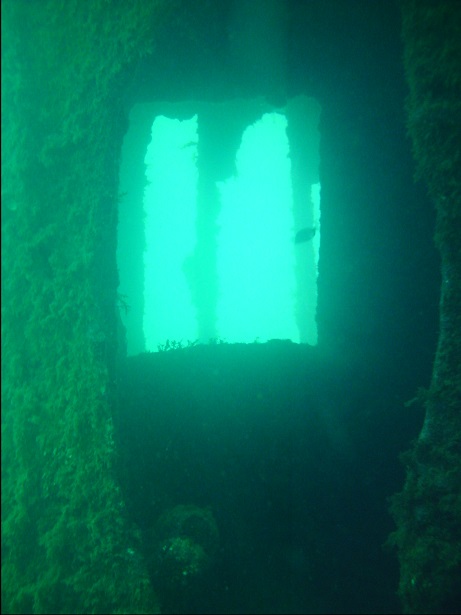The HMS Maori will always be one of my favourite dives. I remember it was the site for the third skill set dive in my Open Water Course. The dive site is located just underneath the Gun Post Bar in Valletta – the converted remains of a WWII turret. The actual site is called il-Foss and is found through the Jews Sully Port.
The Maori is an easy dive and it is accessible for most of the year, due to its sheltered position in Marsamxett Harbour. Considering it’s a harbour area, the visibility is fairly good and the wreck is always teeming with wildlife. Some the examples include star fish, fire worms, nudibranches and various species of fish. There’s always a large grouper or two hanging around too. The Maori lies on a bed of white sand at a maximum depth of 14 metres – nice and easy.

The HMS Maori (F24 Tribal Class Destroyer) was built in 1936 and put to sea in 1937 and commissioned in 1939. She was involved in the pursuit and destruction of the German battleship SS Bismarck in May 1941. She then moved on to Egypt and was eventually sent to Malta under the stewardship of Commander R.E. Courage.

She was targeted by the Luftwaffe and was bombed on February 12, 1941. She took a direct hit to the engine room and one person was killed. Fortunately, the rest of the crew were billeted on shore and no other casualties were registered. She sank at her moorings, with her bow remaining visible above water.

She was lay slap bang in the middle of harbour traffic and she was refloated to be towed away on 15 July 1945. The original plan was to tow the whole hulk near to St Elmo and scuttle her, but two thirds of the aft section broke off and sank in deep waters. The remaining third – the bow section – was sunk at the present location. Before her scuttling, the British forces removed her two forward guns – 4.7 inch calibre – and re-mounted them at Fort Ricasoli as a line of defence for the grand harbour. The HMS Maori, in her original state, was some 115 metres (377 feet) in length, but all that re- mains is the bow section, which is about 35 metres long (111 feet). The Tribal Class destroyer wreck is ancient. She sits, tilted onto her port side on a bed of white sand, at a depth of 12 metres. She is easy to find. In a gradual descent, you will find her after a six minute leisurely swim.

With your back to Jews Sally Port– plot a course on a bearing of 210 degrees and you will find her just beyond the drop off. At a maximum depth of 14 metres, the Maori is never a blue water dive. But she has plenty of character. You can still see some of the large gun fixtures and you can penetrate parts of the wreck quite easily. Unfortunately, last winter some of the bridge superstructure gave way and collapsed.

But there is still plenty to see. It is a nice leisurely swim to the wreck and there is so much wildlife to enjoy on the way. Skate and sole are in abundance and if you are really lucky, you might even get to see some sea- horses. Sole are especially fun to ‘play’ with as they skip across the surface of the sand, kicking up silt – guessing where it might have buried itself after its ‘escape’ is a game in itself.

Fish egg sacks are to be found all over the place and there are plenty of crabs and fish around, especially on the Maori herself. While the Maori is an easy dive in terms of access and depth, you should always be careful of the jagged bits of metal. She lies in fairly shallow water, and is in quite a state of decomposition. Some people say she is not safe, but like all wrecks – treat her with respect and you will be just fine. The swim back to shore is also very leisurely and the sloping sands turn to rocks once you begin to approach the shore.